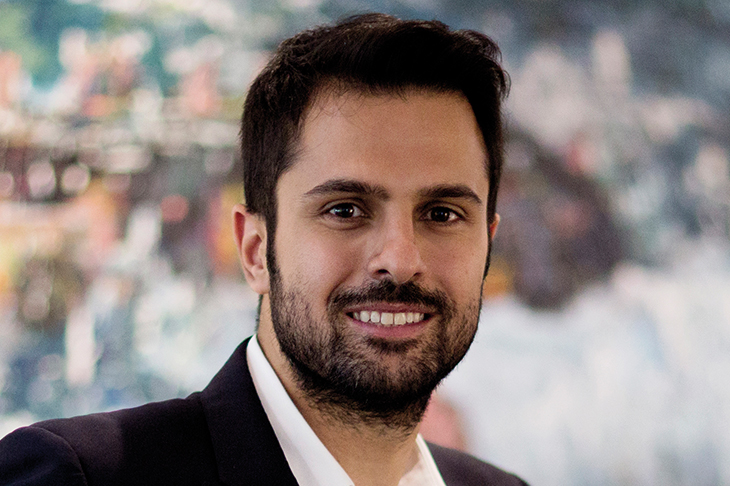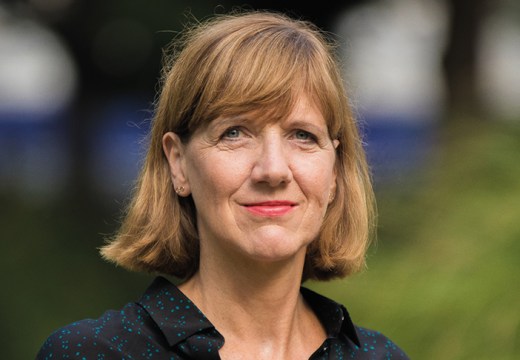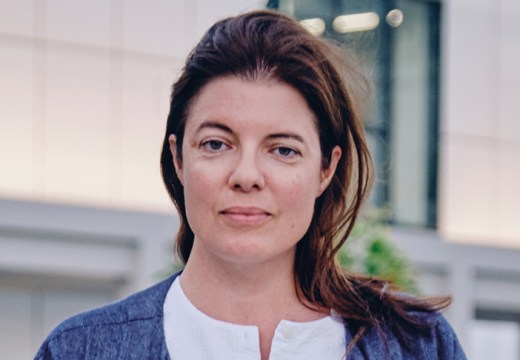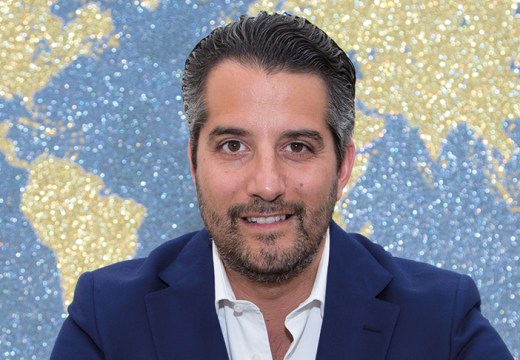Founding Director, Dastan’s Basement, Tehran
Having trained as a civil engineer, how did you end up as a gallerist?
I’ve been around art ever since I was very young. Before the revolution in 1979, my grandfather was a major general, but after the change of regime he was out of a job and he resorted to the arts: he did calligraphy, he played instruments and he painted. Whenever I visited him as a child he would show me all the works that he’d done, and I would be like an assistant – or perhaps his only audience. While studying or working as an engineer, I would resort to art constantly; it ranged from taking courses to visiting shows. In the end, what convinced me that I needed a more personal experience with art and culture was coming across a publication called Lapham’s Quarterly.
The first chance I had was when I got a space in Tehran to start a consulting practice. As small as it was, it was too big for my office and I thought it would allow for small displays or screenings. I was told that to be able to host public events, I would need a permit from the Ministry of Culture and the easiest one to obtain was that of a gallery. That small space is now Dastan’s Basement. It functions as a gallery and I have shifted away from engineering entirely.
Did you set out to do things differently from other galleries when Dastan’s Basement opened in 2012?
Having lived away from Tehran for about a decade, I really longed to know how my contemporaries were thinking, what inspired them – and I found such an abundance of thought and energy going into art in the city and around the country. I did not set out to do something different: I wanted to experience all this creativity for myself and to contribute to the growth of its audience.
Looking back, what would you like to have known about the art world when you started out?
You would think that as a civil engineer I would have known this, but I now believe that I needed to know more about the infrastructure that is required for running a gallery: about what is needed for even studying the works of an artist or exhibiting works, or for representing an artist. It is difficult to imagine what goes into building a gallery and then maintaining sustainable growth to ensure that it can keep up with the needs of artists and its growing audience. Luckily, I asked as many questions as I could and found very generous advisors very early on, including Goli Emami and later Fereydoun Ave.
You stage dozens of exhibitions every year (at Dastan’s Basement, Dastan+2 and Dastan: Outside). How do you decide what to show, and what is it that drives such a busy programme?
With the help of our advisers, we decide which artists are the best representatives that allow Dastan to span the full spectrum of Iranian contemporary and modern art. Basically, each of the gallery’s spaces or concepts has come from a need that springs from the requirements of the artist. The small parts make a larger body that acts as infrastructure for studying, exhibiting and representing artists.
How the 50 exhibitions at the Electric Room came into being is a good example. Dastan’s Basement is an uptown gallery and not very close to where the universities and museums are located in Tehran. Goli, one of our advisers, felt that distance was hurting our connection with university students, both in terms of audience and exhibitors. So with the help of Ashkan Zahraei, Dastan started the Electric Room as a Dastan: Outside project – Dastan’s pop-up programme. The Electric Room was based on the model of ‘fig-1’ and hosted 50 shows in 50 weeks. It featured archival, site-specific, and single-piece exhibitions. Many of the artists who exhibited at the Electric have shown or will show at the Basement. They can then potentially exhibit at Dastan+2 if they need a larger space. From here, while promoting the artist internationally at art fairs, Dastan will continue to study the work of the artist and produce publications about them. I feel very strongly about the art and culture of Iran and believe it can contribute to further enriching the visual culture of the world.
Is there a growing audience for contemporary art in Tehran?
Absolutely. Given what the country has been through over the past 40 years, with a major revolution, with an eight-year war and its aftermath, art in Iran is like a spring that’s been compressed. It is springing back up so fast now, after a couple of decades when exhibiting art was not a priority. We have witnessed this with the quality of the work that is being shown by the galleries, and which also can be seen at Teer Art Fair, which I founded with the help of a few friends last year.
You’ve spoken before about the current economic obstacles facing the Iranian art market (and Iranian artists) as US sanctions bite harder. How has Dastan been affected, and how are you working around these challenges?
We constantly look back at the basics. As far as I know the sanctions do not include art or the products of the mind: such things cannot be confined within borders or by regulations – they transcend politics. That is the way we try to look at it.
We have the same issues that most of the country is facing, but it is interesting that people always find a way. They still come to Tehran to see art and even acquire works. Many more people came this year to Teer Art Fair compared to last year. This is exciting, especially given the difficulties that surround travelling to Iran or doing business with it. I feel that part of my role is to ensure the availability of information about the Iranian contemporary art scene as a whole, through Teer Art Fair, and about the artists that Dastan represents.
See more 40 Under 40 Middle East Business
Unlimited access from just $16 every 3 months
Subscribe to get unlimited and exclusive access to the top art stories, interviews and exhibition reviews.








